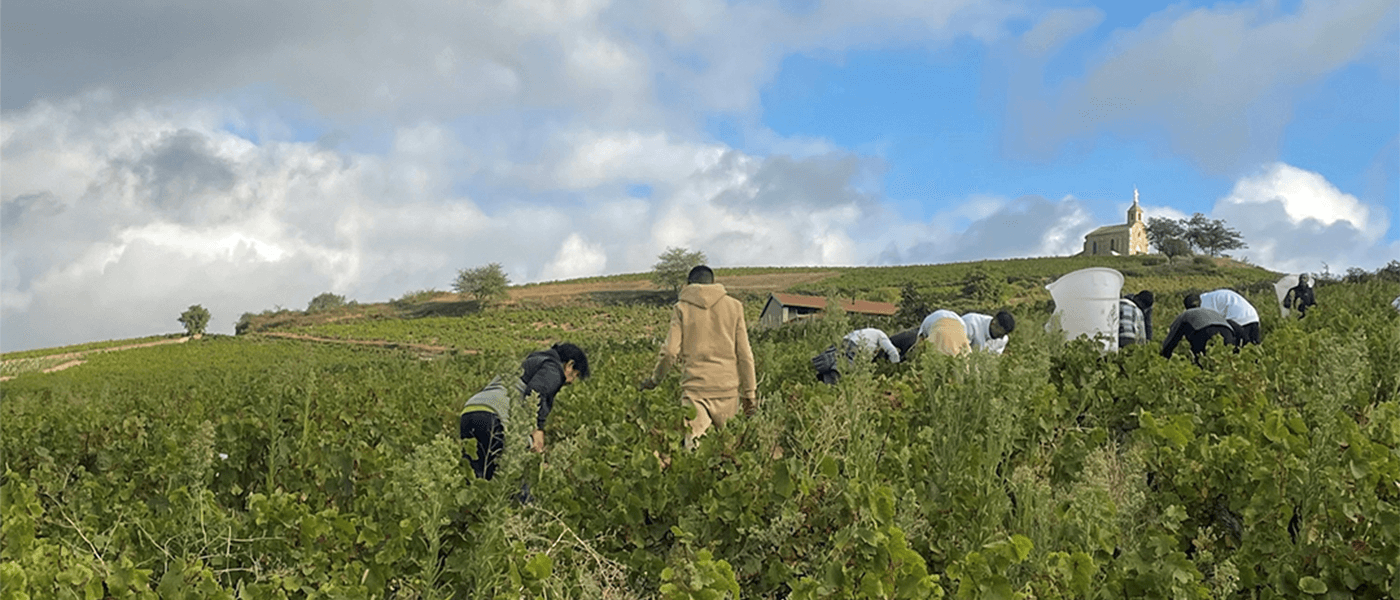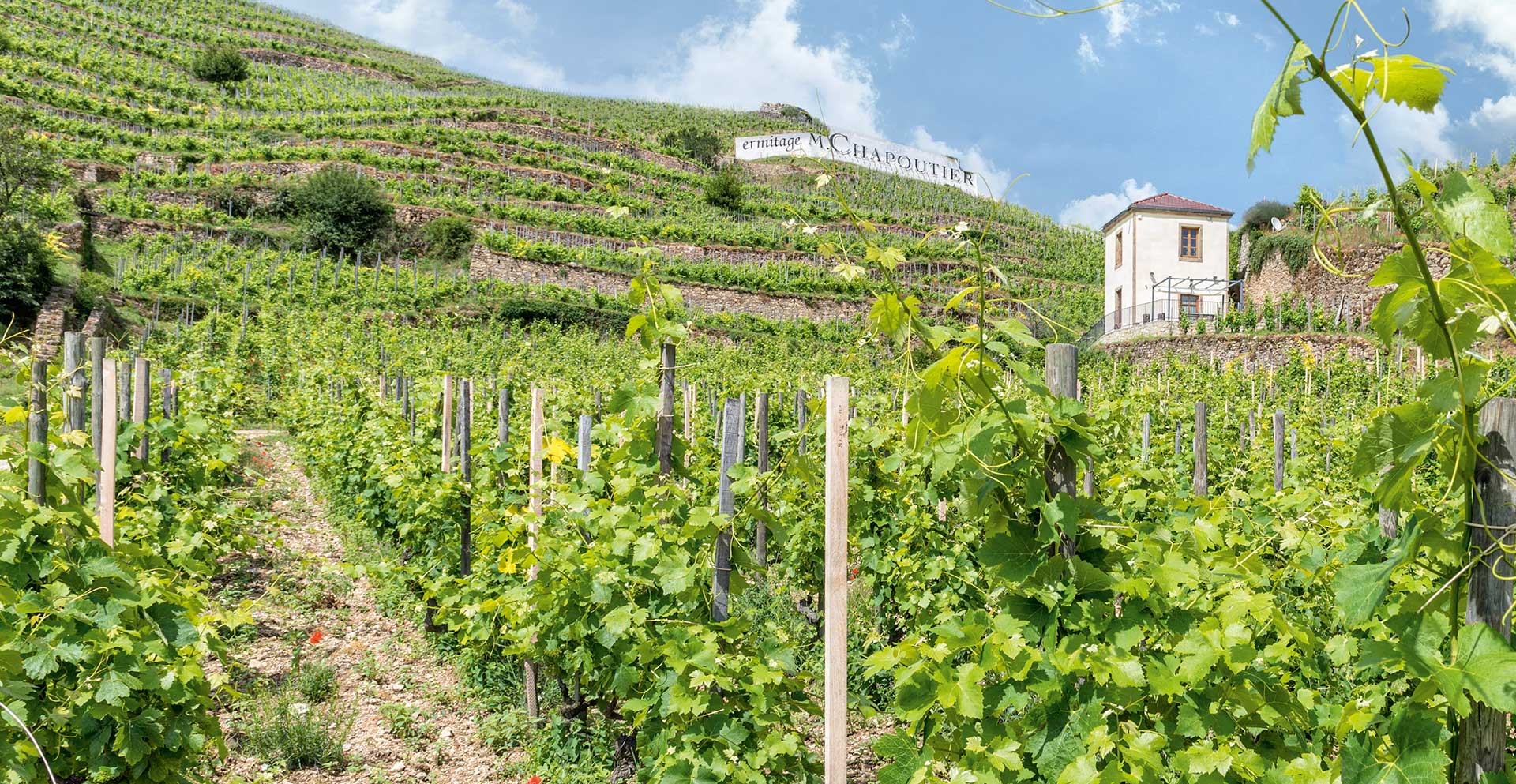The 2024 vintage in the Beaujolais
In the vineyard
06 January 2025

Our Fleurie plots were harvested on September 10, making 2024 a rather late vintage. The red wines are fresh and fruity, while the whites show great promise of tension and freshness.
The year got off to a mild start with a relatively warm February and early March. A short cool spell at the end of March, combined with our late pruning, limited over-early budburst. The Chardonnay reached mid-budding on April 7, and the Gamay on April 9. The risk of frost was avoided this year.
April continued to be cool, accompanied by regular and abundant rainfall. These conditions will be characteristic of the entire vintage. The last days of April were particularly cool, with a few nights when temperatures were barely positive. This greatly slowed vegetation development at a time when growth is usually very vigorous. Flowering, disrupted by cool temperatures and constant rain, took place around June 7 for Chardonnay and June 10 for Gamay. There was also a hail storm on June 19, which had no major impact.
In July, temperatures gradually rose, but remained around seasonal normals (21.7°C on average). Once again, rain continued to fall. Since January, Beaujolais has accumulated an average of 636 mm of rain, a surplus of 249 mm. This frequent rainfall, combined with mild temperatures, is ideal for the development of fungal diseases. Black-rot and downy mildew attacks were severe, leading to crop losses throughout the vineyard despite all the efforts made in the vineyard to combat these diseases.
After a month of August that gave us some respite from the rain and marked the return of warm weather, September was cool again. Over the month as a whole, the average temperature is 1.5°C below normal, which will delay the start of the harvest.
Our Fleurie plots were harvested on September 10, making 2024 a rather late vintage. The red wines are fresh and fruity, while the whites show great promise for tension and freshness.
Cassis :
In 2024, blackcurrant bushes developed unevenly due to unstable weather conditions, alternating between hot and cold spells. Although budburst was early, helped by high temperatures in January and February, blackcurrant development was subsequently delayed. Cold temperatures and persistent humidity in April and May considerably slowed flowering. The low presence of pollinators, due to temperatures too low for their activity, also affected the harvest potential of this campaign. Our blackcurrants were harvested on July 3, 2024, with a good level of ripeness thanks to milder temperatures at the end of June.


